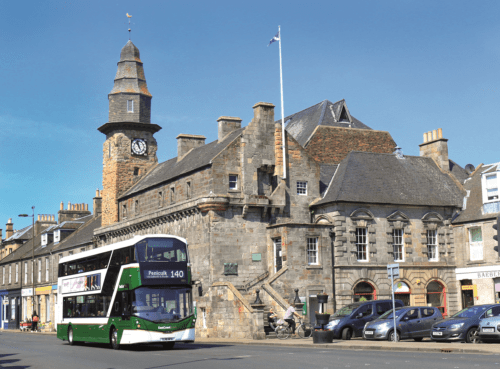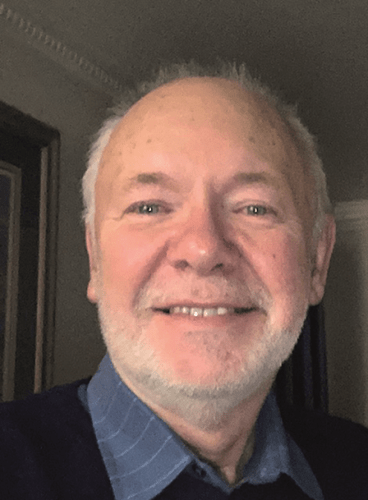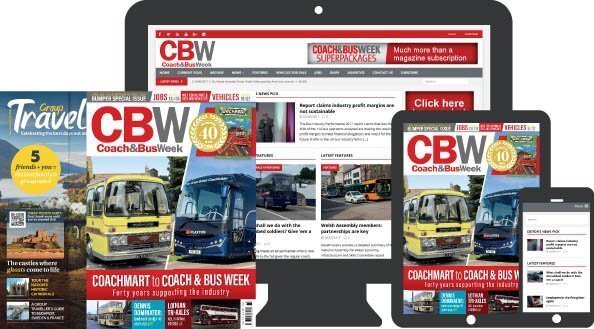
It has become accepted that the traditional rationale for public transport and how services are offered has to change and adapt to post-covid demand. Richard Walter gets the lowdown from public transport consultant John Fallon on how his concept for tourist-funded rural bus services could tick many boxes and benefit bus and tour operators
In the late 1980s, Sir Moir Lockhead OBE addressed the Scottish branch of the Institute of Transport in Edinburgh with these words: “We have to do more with less.” He was correct of course and during the heady, competitive and highly stressful days of deregulation many innovative schemes were enacted, creating new services and improved frequencies. It was very wasteful however, with multiple operators competing on lucrative routes and leaving rural areas fighting for basic services though council tenders.
But those heady days from ‘D’ day on 26 October 1986 did see a sharpening of pencils, as bus workings, staff duties and working practices were altered and efficiencies were maximised. Whether deregulation was successful remains a subject of debate, but certainly for rural areas, deregulation decimated many long-standing bus routes. What it did do, though, was to increase the tenacity, creativity and professionalism of bus managers who had to sink or swim in the new-found commercial world of local buses. Some survived, some didn’t. That was all nearly 40 years ago and it was John Fallon’s Vietnam.
John, a former General Manager at Lothian Buses, explains: “What I have seen since then is an imperceptible reduction in that commercialism. Hidden boundaries have emerged, which competing bus companies are reluctant to cross. Pencils need to be re-sharpened. Rural bus services were never as competitive as those in cities. Whilst the latter have mainly survived, many rural services have simply disappeared. Of course, this is at the very time when we are all told to use the bus. The ‘green’ agenda with electric buses, with or without drivers, is taking managers’ eyes off the ball for the need to retain core rural services which are disappearing faster than the charge from a battery.”
Lost services
In central Scotland – John’s home area – for example, prior to deregulation there were numerous longer distance rural services which connected many communities through which the bus routes passed. These long rural core routes were progressively broken up and are now run, if at all, he says, as short unconnected services from different companies. Such short routes are often operated as tendered services for individual councils, where council boundaries create limitations on sensible decisions being made on the provision of longer distance, multi-council core services.
John points out as an example that prior to deregulation, there were three local rural services connecting Edinburgh with Glasgow:
- Service 16 (Edinburgh-Bathgate-Airdrie-Glasgow) every 30 minutes;
- Service 27 (Edinburgh-Livingston-Shotts-Hamilton-Glasgow) every hour, and;
- Service 35 (Edinburgh-Livingston-Bellshill-Glasgow) every hour and co-ordinated with service 27.

By subscribing you will benefit from:
- Operator & Supplier Profiles
- Face-to-Face Interviews
- Lastest News
- Test Drives and Reviews
- Legal Updates
- Route Focus
- Industry Insider Opinions
- Passenger Perspective
- Vehicle Launches
- and much more!


